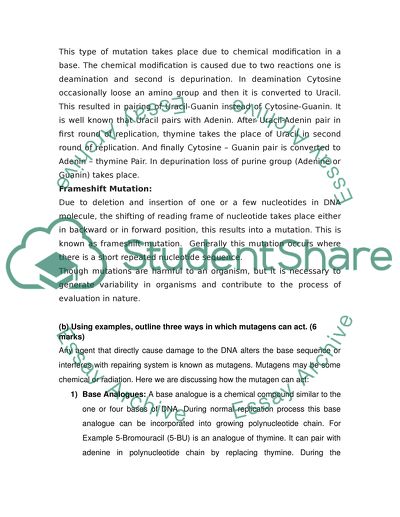Cite this document
(“Mutation of DNA Essay Example | Topics and Well Written Essays - 1250 words”, n.d.)
Retrieved de https://studentshare.org/miscellaneous/1509274-mutation-of-dna
Retrieved de https://studentshare.org/miscellaneous/1509274-mutation-of-dna
(Mutation of DNA Essay Example | Topics and Well Written Essays - 1250 Words)
https://studentshare.org/miscellaneous/1509274-mutation-of-dna.
https://studentshare.org/miscellaneous/1509274-mutation-of-dna.
“Mutation of DNA Essay Example | Topics and Well Written Essays - 1250 Words”, n.d. https://studentshare.org/miscellaneous/1509274-mutation-of-dna.


